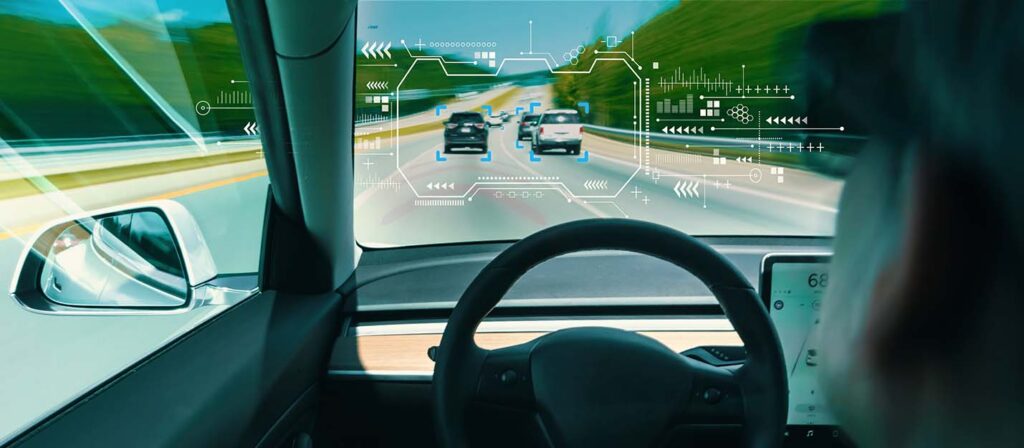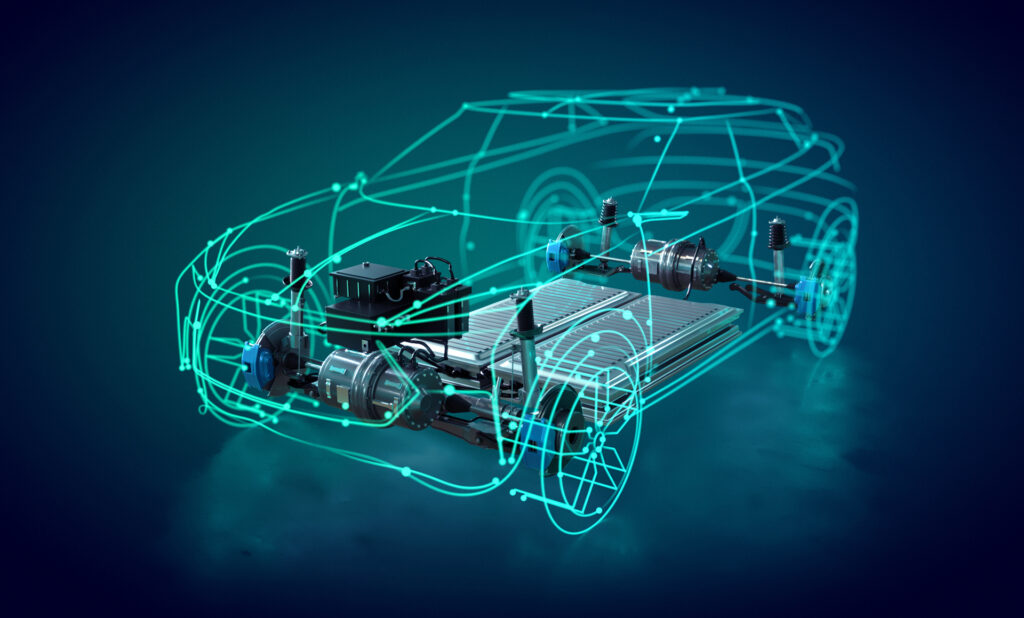The Future Car Podcast: The Design and Development of Autonomous Vehicles

A widespread transformation is taking place in the automotive industry. Changes in technology, societal pressures, and environmental regulations are all pushing vehicles to become more sustainable, safe, accessible, and smart. In response to these trends and pressures, automakers are doubling down on electrification and continuing to invest in the development of automated driving features and autonomous vehicles (AV).
AV development will only become more important in the marketplace as the competition to produce new and advanced vehicle features continues to mount. Automakers today must focus on the development of advanced features and functions to stand out in a competitive landscape. As the emphasis on advanced self-driving vehicle features continues to grow, so too does the design challenge for the engineers.
Design challenges abound in the future of mobility
Modern vehicles are massively more complex than those of a decade ago. This complexity growth is the result of multiple technological developments in the automotive industry. The increasing standardization of advanced driver assistance systems (ADAS) throughout the industry has contributed to an increase in the on-board processing power and the number of sensors, actuators, and networks in the modern vehicle. Advanced infotainment systems have also become more common, many of which now feature connected features to provide enhanced passenger experiences and over-the-air updates, both of which drive additional complexity in the electrical and electronic (E/E) networks, vehicle software, and more.

The power of onboard processors and the sophistication of vehicle software will continue to grow as self-driving systems develop. AVs will incorporate some of the most complex electronics devices ever produced. For example, the SoCs providing onboard intelligence will likely be among the most powerful chips ever produced. These chips will be asked to gather and process terabytes of data every second from the various sensor systems around the vehicle.
Vehicle software has also evolved from disparate low-level embedded functions to vehicle-wide software systems that can manage and control multiple vehicle functions. Self-driving vehicles will have even more complex software incorporating machine learning and artificial intelligence to process sensor data, make decisions, and send instructions around the vehicle in real-time.
Digitalization helps companies overcome the challenges of the future
So, how can companies overcome the design challenges introduced by AVs, accounting for the hundreds of thousands of interactions that can occur within the vehicle’s sub-systems? And how do they understand the potential impacts of a design change throughout the entire product lifecycle, including into the manufacturing and supply chain ecosystems?
It starts with a digital transformation of the vehicle design process. Digital transformation enables companies to adopt a new approach to mobility solution development and engineering, linking their entire lifecycle through a digital backbone that enables information to flow throughout the organization. Even partner companies can be incorporated securely into the digital backbone, ensuring faster and easier collaboration between organizations, and supporting accountability to overall goals.

This is all built on a comprehensive digital twin that captures every aspect of the vehicle design and production. Using such a digital twin, automotive companies can remove the barriers between engineering teams from across the electrical, electronic, software and mechanical domains. This not only helps companies overcome the complexity of AVs, but also fosters a new culture of collaboration and innovation in the company that will carry it through the challenges of tomorrow.
You can learn more about this approach by listening to the latest episode of the Future Car podcast from Siemens Digital Industries Software. Nand Kochhar, VP of Automotive and Transportation Industries, and I continue a series of conversations on autonomous vehicles and how they will shape the future of mobility. We are joined by Mark Sampson, MBSE Product Manager at Siemens Digital Industries Software to dive into how companies can address growing complexity in vehicle design, and how the specific needs of autonomous vehicles affect the design and development process. Please enjoy!


